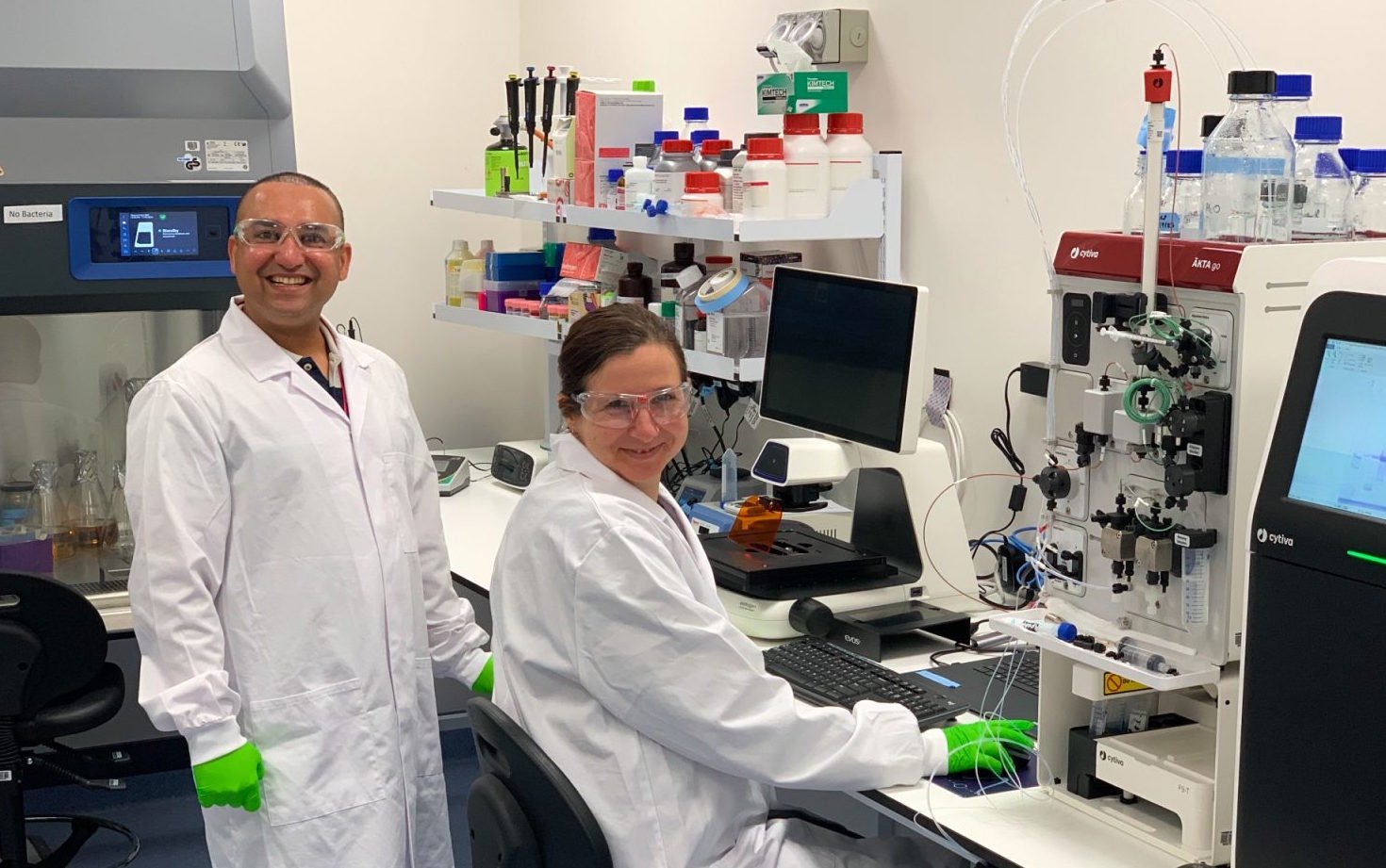MIT develops 3-D light switch to study brain circuits
20 November 2012 | News | By BioSpectrum Bureau

MIT develops fiber-optic 3-D optogenetic light switch device to study the brain
Singapore: Biologists and engineers at the Massachusetts Institute of Technology (MIT) in Cambridge have come up with a new tool for neuroscientists that delivers a thousand pin-pricks of light to a chunk of gray matter, smaller than a sugar cube in size.
The new fiber-optic device is the first tool that can deliver precise points of light to a 3-D section of living brain tissue. Scientists can use the new 3-D 'light switch' to better understand how the brain works. The researchers describe their device in a paper published in the Optical Society's (OSA) journal, Optics Letters.
The technique of manipulating neurons with light is only a few years old, but the authors estimate that thousands of scientists are already using this technology, called optogenetics, to study the brain. In optogenetics, researchers first sensitize select cells in the brain to a particular color of light. Then, by illuminating precise areas of the brain, they are able to selectively activate or deactivate the individual neurons that have been sensitized.
Dr Ed Boyden, synthetic biologist, MIT, and co-lead researcher of the paper, is a pioneer of this emerging field. He said, "You can see neural activity in the brain that is associated with specific behaviors, but is it important? Or is it a passive copy of important activity located elsewhere in the brain? There's no way to know for sure if you just watch."
Unlike the previous, 1-D versions of this light-emitting device, the new tool delivers light to the brain in three dimensions, opening the potential to explore entire circuits within the brain. So far, the 3-D version has been tested in mice, although Dr Boyden and colleagues have used earlier optogenetic technologies with non-human primates as well.
One of the advantages of optogenetics is that this technology allows scientists to focus on one particular type of neuron without affecting other types of neurons in the same area of cortex. Probes that deliver electricity to the brain can manipulate neurons, but they cannot target individual kinds of cell.
Each probe is just 150 microns across, a little thicker than a human hair, and thin enough so that the device can be implanted at any depth in the cortex without damaging it. The brain lacks pain receptors, so the implants do not cause any discomfort to the brain itself. As in the earlier model, several light-emitting ports are located along the length of each probe. Scientists can illuminate and change the color of each light port independently from the others.












